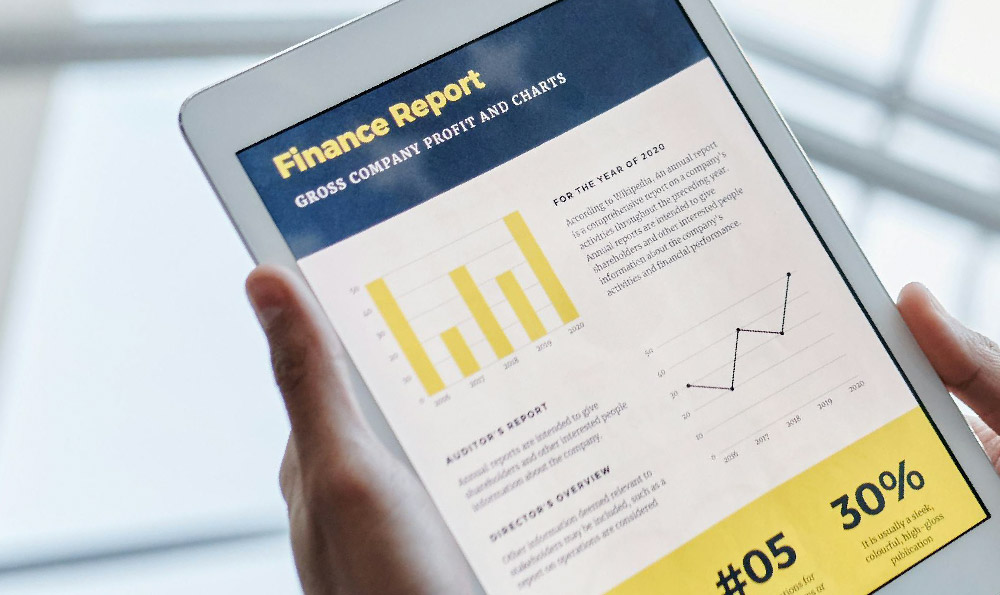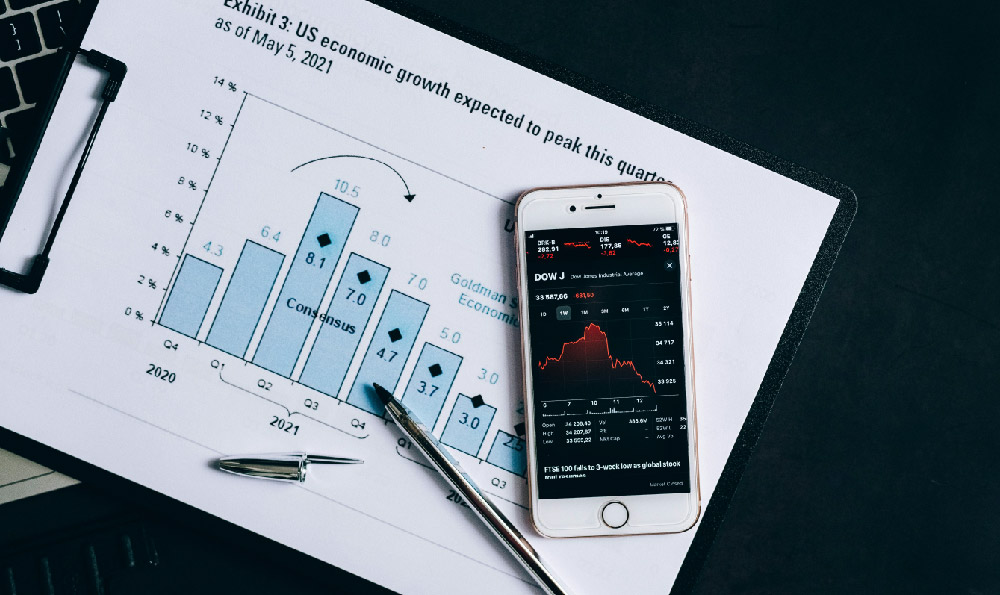Where Does Goodwill Money Come From, and Where Does It Go?

Goodwill, in the context of accounting and business acquisitions, often evokes a sense of mystery. It's this intangible asset that appears on a company's balance sheet after an acquisition, representing the premium paid above the fair market value of the acquired company's identifiable net assets. Understanding its origins and its ultimate fate is crucial for investors, business owners, and anyone interested in the dynamics of mergers and acquisitions.
The genesis of goodwill lies within the intricacies of an acquisition. Imagine Company A acquires Company B. Company B possesses tangible assets like buildings, equipment, and inventory, as well as identifiable intangible assets such as patents, trademarks, and customer lists. Each of these can be assigned a fair market value. Let's say the fair market value of all of Company B's identifiable net assets (assets minus liabilities) totals $10 million. However, Company A pays $12 million for Company B. That extra $2 million? That's potentially goodwill.
This excess payment isn't arbitrary. It reflects Company A's belief that Company B possesses something of value that isn't explicitly accounted for in its identifiable assets. This "something" could be a variety of factors. A strong brand reputation, for instance, can command customer loyalty and generate consistent revenue streams. A skilled and motivated workforce can drive innovation and productivity. A superior management team can make strategic decisions that lead to sustained growth. Established distribution networks, proprietary technology that isn't formally patented, and even a favorable geographic location can all contribute to the value that justifies the premium paid in an acquisition. In essence, goodwill captures the perceived value of the acquired company's competitive advantages that aren't readily quantified in its balance sheet assets.

Several factors influence the magnitude of goodwill created in an acquisition. The acquirer's strategic goals play a significant role. If Company A views Company B as a crucial piece in its expansion plans, offering access to a new market or a complementary product line, it might be willing to pay a higher premium. The competitive landscape also matters. If multiple bidders are vying for Company B, the resulting bidding war could inflate the acquisition price and, consequently, the goodwill amount. Economic conditions also impact valuations; during periods of economic optimism and robust deal activity, valuations tend to be higher, leading to larger goodwill balances. Furthermore, the acquirer's due diligence efforts, or lack thereof, can impact the goodwill recorded. A thorough assessment of the acquired company's financials, operations, and market position is crucial to determine a fair purchase price and avoid overpaying, which would inflate goodwill.
Once goodwill is recognized on the balance sheet, its journey is not static. Accounting standards, primarily under both US GAAP and IFRS, dictate how goodwill is treated after acquisition. Unlike other intangible assets that are amortized (gradually written off) over their useful lives, goodwill is not systematically amortized. Instead, it is subject to impairment testing at least annually, or more frequently if events or changes in circumstances indicate that the fair value of the reporting unit is below its carrying amount. A reporting unit is typically defined as an operating segment or one level below an operating segment.
Impairment testing is a critical process that assesses whether the recorded value of goodwill is still justified. The core question is: has the acquired company’s value declined since the acquisition to an extent that the goodwill should be written down? This involves a two-step process. First, the reporting unit's fair value is compared to its carrying amount (including goodwill). If the fair value is greater than the carrying amount, goodwill is considered unimpaired, and no further action is needed. However, if the carrying amount exceeds the fair value, the second step is triggered.
In the second step, the implied fair value of the reporting unit's goodwill is calculated. This involves hypothetically allocating the reporting unit's fair value to all of its assets and liabilities (including identifiable intangibles) as if the reporting unit had just been acquired. The difference between the reporting unit's fair value and the sum of the fair values assigned to its identifiable net assets represents the implied fair value of goodwill. This implied fair value is then compared to the recorded goodwill. If the recorded goodwill exceeds the implied fair value, an impairment loss is recognized. This loss reduces the carrying amount of goodwill on the balance sheet and is reported as an expense on the income statement, impacting net income.
When goodwill is impaired, it signals that the acquirer overestimated the future benefits expected from the acquired company. It can be a reflection of various factors, such as a deterioration in the acquired company's performance, adverse changes in the industry, or a failed integration process. It is important to remember that goodwill impairment does not necessarily mean the acquisition was a complete failure, but it suggests that the anticipated synergies and benefits did not materialize to the extent originally projected.
The impairment of goodwill can have significant consequences. It reduces a company's reported earnings, potentially impacting its stock price and investor confidence. Lenders might also view goodwill impairment negatively, as it weakens the company's balance sheet and could affect its credit rating. Furthermore, repeated goodwill impairments can raise questions about management's acquisition strategy and its ability to accurately assess the value of target companies.
In conclusion, goodwill arises from the premium paid in an acquisition, representing the value of the acquired company's unidentifiable assets and competitive advantages. While it can contribute to a stronger balance sheet initially, its existence is subject to periodic scrutiny through impairment testing. A well-managed acquisition that generates sustained value will protect goodwill from impairment. Conversely, a poorly executed acquisition or unforeseen market downturns can lead to significant goodwill write-downs, impacting a company's financial performance and its overall credibility. Understanding the genesis and potential fate of goodwill is therefore essential for anyone involved in the world of mergers and acquisitions, allowing them to better assess the value and risks associated with these complex transactions.















